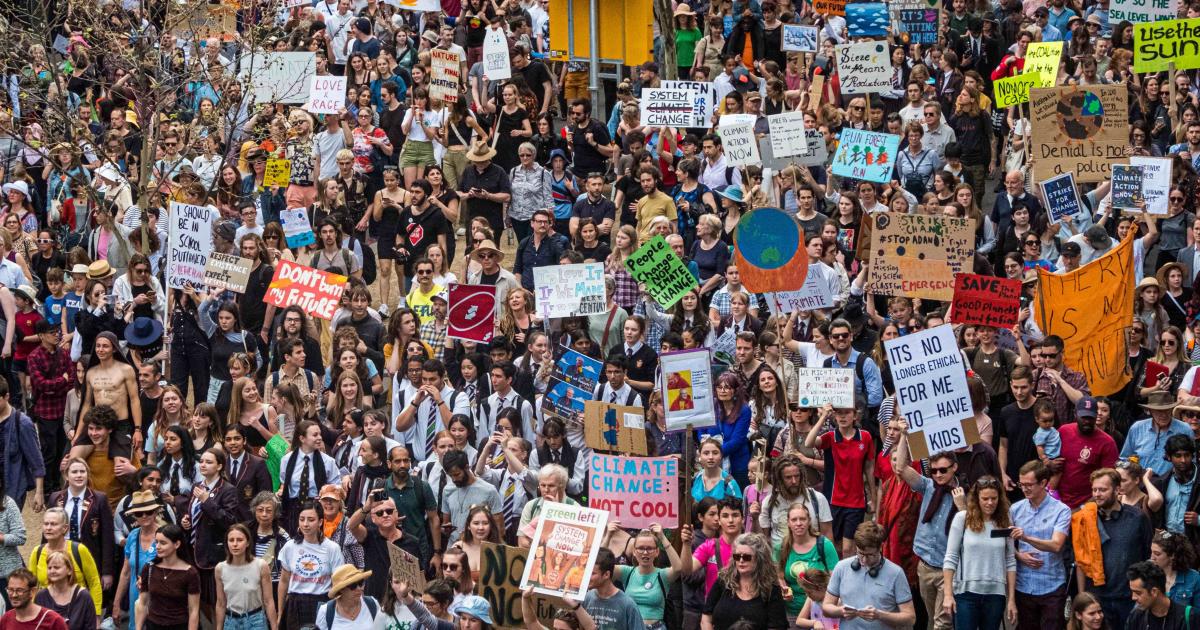The televised debates between the Prime Minister and the Leader of the Opposition leading up to the May 21 election almost completely ignored climate change and the urgent action needed to tackle it.
On the other hand, recent polls reported that tackling climate change is one of the top three issues for the majority of Australian voters.
At the beginning of April, the Secretary General of the United Nations Antonio Guterres said:
“We are on track for global warming of more than double the 1.5°C limit agreed in Paris. Some governments and business leaders say one thing but do another. In other words, they lie. And the results will be catastrophic. It’s a climate emergency… Governments and high-emitting companies are not just turning a blind eye, they are adding fuel to the fire.
The most comprehensive scientific updates on climate change, its impacts and solutions have been published in 2021 and 2022 in the first three volumes of the Sixth Assessment Report of Intergovernmental Panel on Climate Change (IPCC).
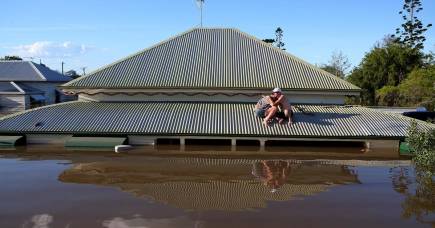
Australians are more concerned about climate change than COVID-19
Read more
There is no doubt that man-made greenhouse gas emissions have warmed the atmosphere, oceans and land. The planet’s surface temperature has increased by 1.1°C in the past decade compared to 1850-1900, with more warming over land than over the ocean.
Atmospheric carbon dioxide concentrations have increased by more than 40% since around 1750 as a result of land clearing and the burning of fossil fuels, and are now higher than at any time over the last million years.
Australia’s climate has warmed by an average of 1.4°C since national records began in 1910leading to an increase in the frequency of oppressive heat events.
A comparison of observed decadal temperature variations in Australia with those simulated by global climate models shows that the observed warming trend can only be explained by anthropogenic greenhouse gas emissions.
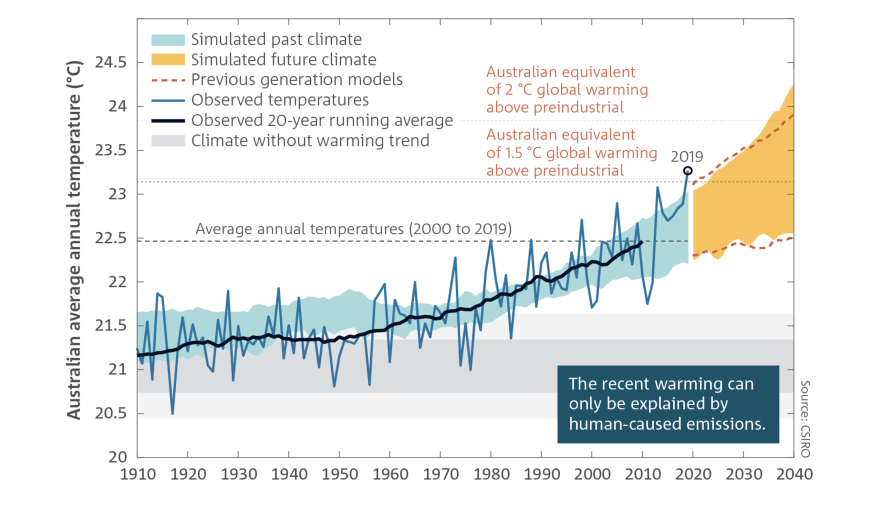
The IPCC’s Global Assessment of Climate Change Impacts includes a chapter on Australia and New Zealand.
The two related pages Australasia Fact Sheet identifies nine key high-confidence climate risks. These include:
- Loss … of coral reefs … due to sea heat waves
-
Increase in heat-related mortality…for people and wildlife due to heat waves
-
Cascading impacts on cities, towns, infrastructure and services due to wildfires, floods, droughts, heat waves, storms and sea level rise
-
Inability of institutions and governance systems to manage climate risks
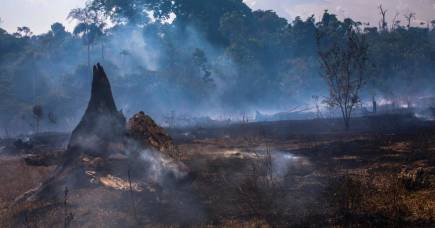
Why are our rainforests burning?
Read more
Australia is one of developed countries most at risk adverse effects of climate change.
the Black summer bushfires in 2019-20 and the flooding in southeast Queensland and New South Wales earlier this year clearly demonstrated the inability of governments at the national, state and local levels to manage climate risks.
Global surface temperature will continue to increase at least until the middle of the century under all emission scenarios considered.
Global warming of 1.5°C and 2°C will be exceeded during the 21st century unless significant reductions in emissions of carbon dioxide and other greenhouse gases occur in coming decades.
Every ton of carbon dioxide emissions contributes to global warming. Each increase in global warming adds to changes in the climate system, increasing the frequency and intensity of extreme temperatures, marine heat waves and heavy rains.
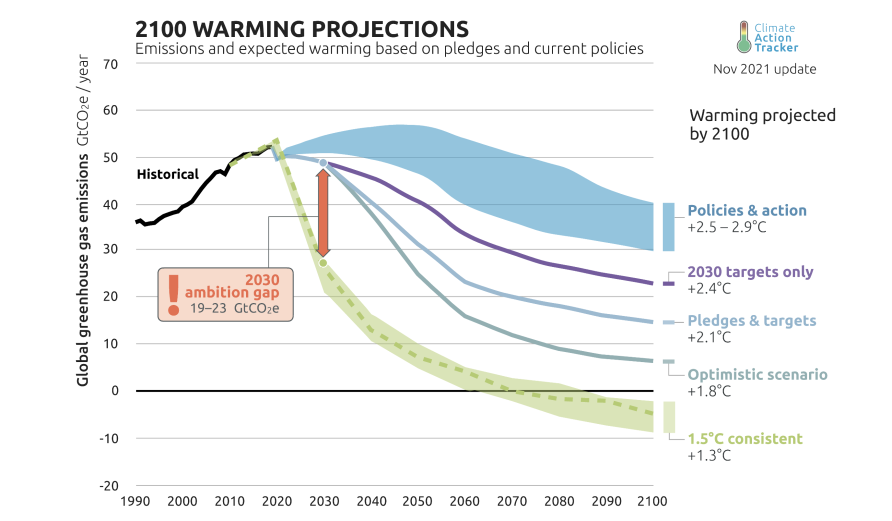
Even if all countries meet their current emission reduction commitments and targets, global warming is expected to exceed two degrees, with much greater impacts across Australia.
the United Nations Framework Convention on Climate Change argues that developed countries must take the lead in tackling climate change.
But Australia contributes disproportionately to global greenhouse gas emissions. It has only about 0.3% of the world’s population, but contributes about 1.3% of global emissions. It has the highest per capita emissions of any developed country.
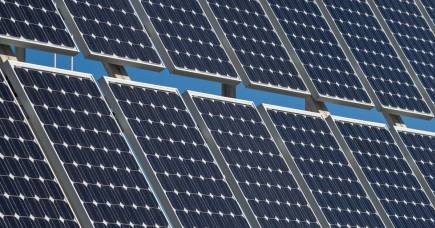
Labour’s climate policy puts Australia in the race
Read more
Independent assessment of Australia’s fair share in global efforts to address the Paris Agreement targets indicate that Australia’s emissions reductions should be well above its current commitments.
They conclude that for Australia to meet its obligations under the Paris Agreement to limit global warming to 1.5°C with a 50% chance, its 2030 emissions reduction target should be 74%. relative to 2005 emissions, and net zero emissions by 2035.
the 2022 Climate Change Performance Index ranked Australia last in the world for climate policies, saying Australian government policies are
“…insufficient to decarbonize the economy, reduce the use of fossil fuels, promote renewable energy and define how national GHG emissions will be reduced. The government has no coal or gas phase-out policy.
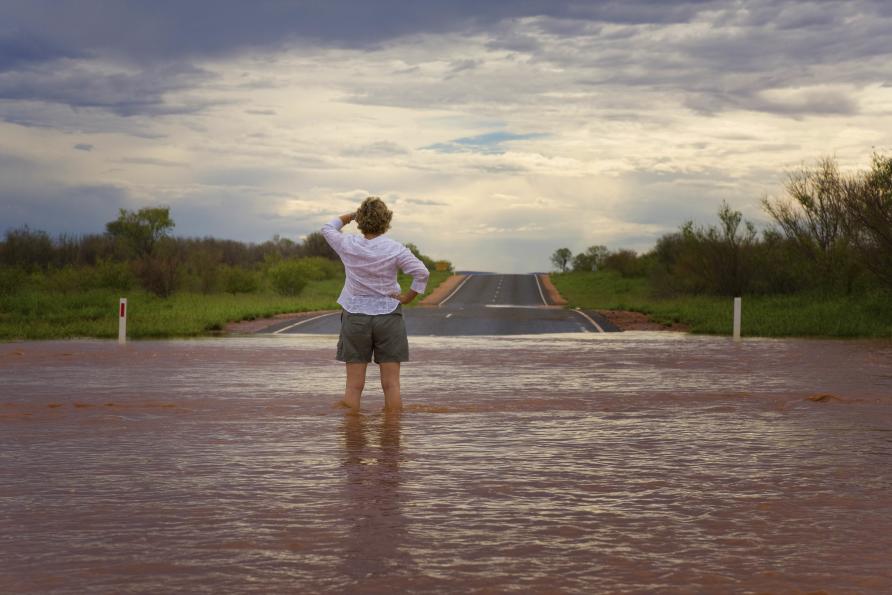
Australian government and opposition Labor Party policies support continued coal mining and increased natural gas extraction and export, as well as continued government funding for the use fossil fuels in Australia.
Since every ton of carbon dioxide emissions contributes to global warming, these policies choose to make global warming worse.
Your vote in national elections allows you to make a choice.
You can choose to support rapid and substantial reductions in greenhouse gas emissions and stronger measures to adapt to the worsening impacts of climate change.
Or you can choose to make global warming worse.
Banner: Getty Images

